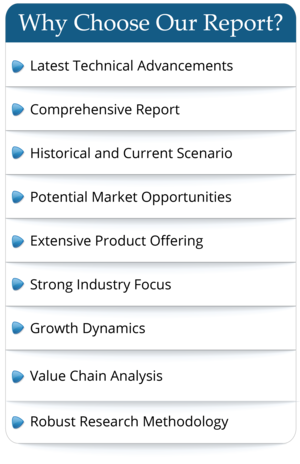Global Fully Enclosed Protective Clothing Market 2022 by Manufacturers, Regions, Type and Application, Forecast to 2028
SKU ID : GIR-21210284 | Publishing Date : 06-Jul-2022 | No. of pages : 90
According to our reseacher latest study, due to COVID-19 pandemic, the global Fully Enclosed Protective Clothing market size is estimated to be worth US$ million in 2021 and is forecast to a readjusted size of USD million by 2028 with a CAGR of % during review period. Oil & Gas Industry accounting for % of the Fully Enclosed Protective Clothing global market in 2021, is projected to value USD million by 2028, growing at a % CAGR in next six years. While Protective Clothing Based on Aramid Yarns segment is altered to a % CAGR between 2022 and 2028.
Global key manufacturers of Fully Enclosed Protective Clothing include Fil Man Made Group, Jianhu Wangda, Formosa Plastics Group, Karsu, and Arvind, etc. In terms of revenue, the global top four players hold a share over % in 2021.
Market segmentation
Fully Enclosed Protective Clothing market is split by Type and by Application. For the period 2017-2028, the growth among segments provide accurate calculations and forecasts for sales by Type and by Application in terms of volume and value. This analysis can help you expand your business by targeting qualified niche markets.
Market segment by Type, covers
Protective Clothing Based on Aramid Yarns
Protective Clothing Based on Modacrylic Yarns
Others
Market segment by Application can be divided into
Oil & Gas Industry
Construction & Manufacturing Industry
Health Care & Medical Industry
Mining Industry
Military Industry
Firefighting & Law Enforcement Industry
Other
The key market players for global Fully Enclosed Protective Clothing market are listed below:
Fil Man Made Group
Jianhu Wangda
Formosa Plastics Group
Karsu
Arvind
FA Kümpers
Spinnerei Lampertsmühle
Flasa
Market segment by region, regional analysis covers
North America (United States, Canada and Mexico)
Europe (Germany, France, United Kingdom, Russia, Italy, and Rest of Europe)
Asia-Pacific (China, Japan, Korea, India, Southeast Asia, and Australia)
South America (Brazil, Argentina, Colombia, and Rest of South America)
Middle East & Africa (Saudi Arabia, UAE, Egypt, South Africa, and Rest of Middle East & Africa)
The content of the study subjects, includes a total of 15 chapters:
Chapter 1, to describe Fully Enclosed Protective Clothing product scope, market overview, market opportunities, market driving force and market risks.
Chapter 2, to profile the top manufacturers of Fully Enclosed Protective Clothing, with price, sales, revenue and global market share of Fully Enclosed Protective Clothing from 2019 to 2022.
Chapter 3, the Fully Enclosed Protective Clothing competitive situation, sales, revenue and global market share of top manufacturers are analyzed emphatically by landscape contrast.
Chapter 4, the Fully Enclosed Protective Clothing breakdown data are shown at the regional level, to show the sales, revenue and growth by regions, from 2017 to 2028.
Chapter 5 and 6, to segment the sales by Type and application, with sales market share and growth rate by type, application, from 2017 to 2028.
Chapter 7, 8, 9, 10 and 11, to break the sales data at the country level, with sales, revenue and market share for key countries in the world, from 2017 to 2022.and Fully Enclosed Protective Clothing market forecast, by regions, type and application, with sales and revenue, from 2023 to 2028.
Chapter 12, the key raw materials and key suppliers, and industry chain of Fully Enclosed Protective Clothing.
Chapter 13, 14, and 15, to describe Fully Enclosed Protective Clothing sales channel, distributors, customers, research findings and conclusion, appendix and data source.
Frequently Asked Questions
- By product type
- By End User/Applications
- By Technology
- By Region

 Pre-order Enquiry
Pre-order Enquiry Request Free Sample
Request Free Sample


 Request Sample
Request Sample Request Discount
Request Discount










